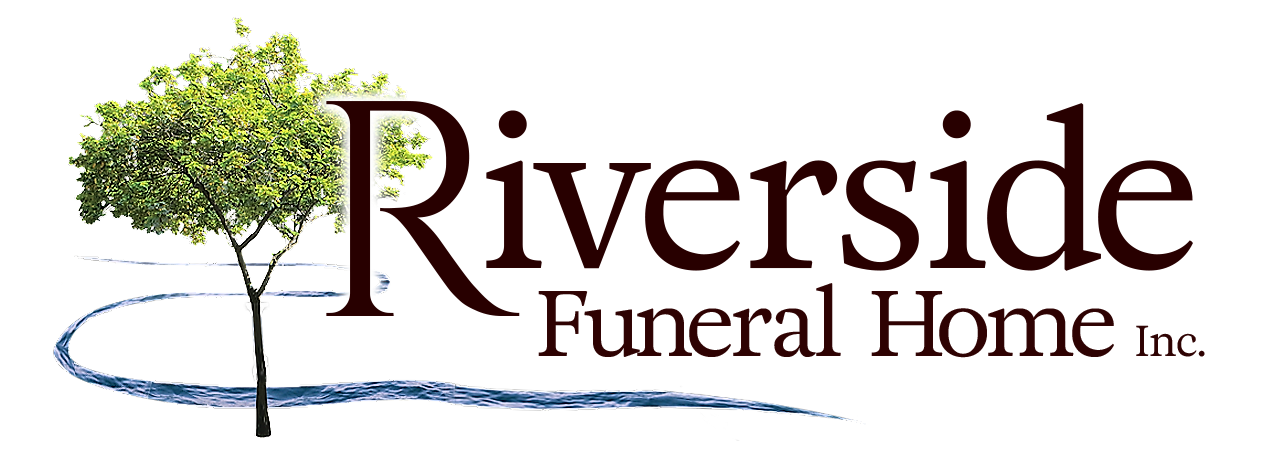Services
Cremation Services
Cremation is an increasingly popular option for many people, serving as an alternative to burial. Reasons for preferring cremation vary. Some religions request it, while other people consider it more environmentally conscious. Some may simply like the idea of cremation more. During cremation, the remains are placed in a special furnace and reduced to resemble coarse sand. Cremation is not an alternative to a funeral, but rather an alternative to burials or other forms of disposition.
Cremated remains can be scattered, buried, or they may be kept with the family in a decorative urn. There are many ways to dispose of ashes today: cremated remains can be placed in an artificial coral reef in the ocean; they can be launched into space or sent up in helium balloons; they can be spun into glass pieces of art or diamonds.
Some religions welcome cremation, while others forbid it. The Catholic Church had previously banned cremation up until 1963, and burial remains the preferred form of disposition today. In other Christian denominations, cremation was historically discouraged but is now more widely accepted. In eastern religions such as Hinduism, Jainism, Sikhism, and Buddhism, cremation is mandated. In Islam, it is strictly forbidden. Orthodox Jews also forbid cremation, while other sects of Judaism support cremation; however, burial remains the preferred option.


